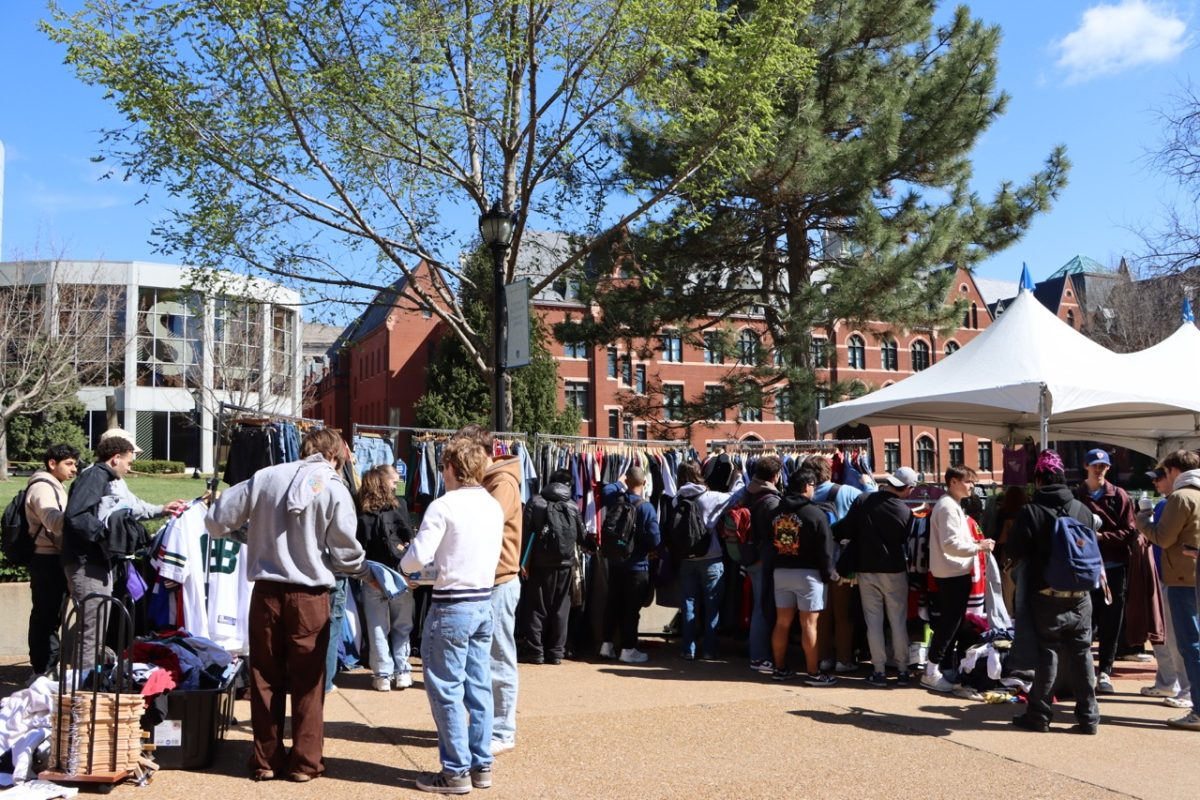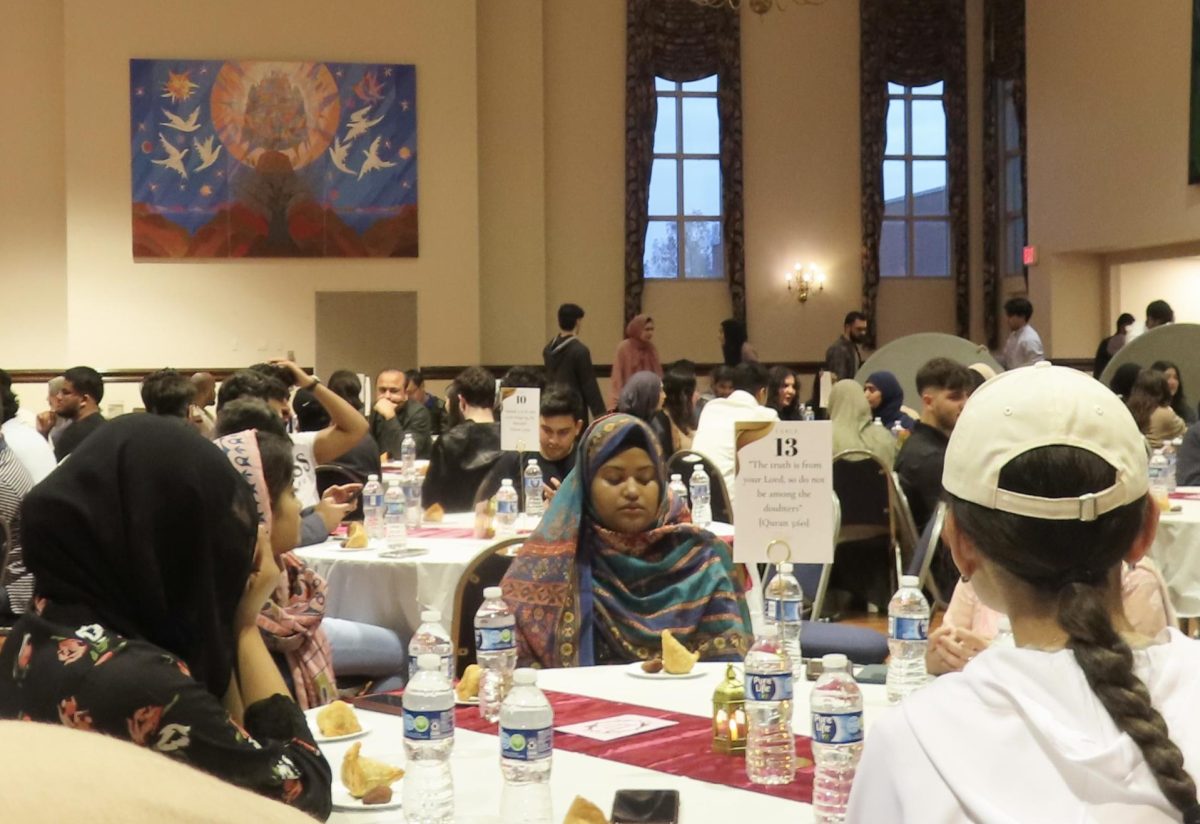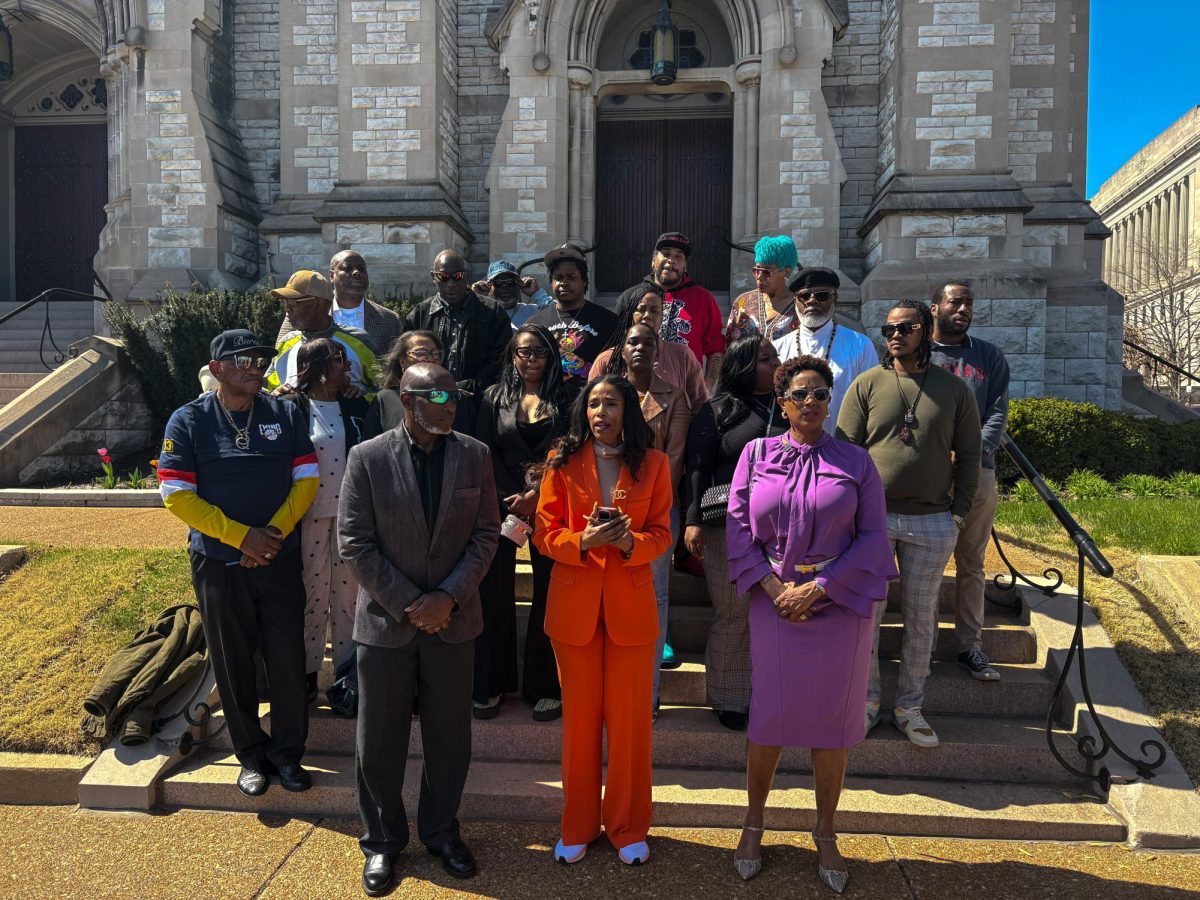Rollin Stanley can see the future of St. Louis and awaits it
with high expectations. Stanley’s premonitions come not through the
aid of a crystal ball or psychic friend but from the systematic
number crunching and data analysis crucial to his job as the city’s
executive director of planning and urban design. Tuesday night,
Stanley shared his vision of urban revival with a classroom-sized
audience in McGannon Hall.
His lecture encompassed a 10-year plan for the revitalization of
St. Louis, particularly the downtown area. A 21-year veteran of
urban planning, Stanley was keen to move from Toronto into a
planning role within St. Louis because of the tremendous potential
in the city’s active citizens and exceptional buildings.
Stanley challenged St. Louisans to “think down the pipe” when
forced with tough decisions. He cited adequate neighborhood zoning
and sees establishing communication between them as paramount to
the city’s rebirth.
Once the foundation is laid, Stanley plans to develop housing
options affordable for people of all financial situations. “Gap
housing,” homes discounted through governmental grants, will be of
the utmost importance to future success. Stanley used the Central
West End as an example, with houses that sold for $60,000 10 years
ago now being worth over $250,000.
With affordable housing established, Stanley hopes that St.
Louis will be able to retain more of its college graduates, who
often migrate to nearby cities, such as Chicago. Stanley wants to
use the population density of the city as a selling point to
retailers, which, if done properly, should rejuvenate St. Louis’
current commuter economy.
When asked to elaborate on specific plans for the college crowd,
Stanley had harsh words for the University.
“This institution is inward thinking,” Stanley said. “The
University has got to do more for the community, not the other way
around.”
Stanley named the Astroturf field stretching a block of Laclede
Avenue as an example of poor planning on the part of the
University.
He ended by asking students to explore their surroundings and
encouraged all to see the benefits of urban life.









